Introduction
Interfaces with the host controller
PN532 block diagram
PN532 host link protocol
Standard frame
Extended frame
Additional lines (IRQ only or IRQ and H_REQ)
Typical application diagram
Default pin configuration
How to interface with the PN532?
SPI interface
Sequence to use communicate in SPI
SPI mode selection
I2C interface
Handshake mode in I2C
The PN532 is not in power down, the host controller initiate
The PN532 may be in power down, the host controller initiate
The PN532 is in power down, after TgInitAsTarget command.
Virtual card mode.
Recommended operating conditions
HSU interface
Baudrate
How to change HSU speed in SCRTester?
Handshake mode in HSU
The PN532 is not in power down, the host controller initiate
The PN532 may be in power down, the host controller initiate
The PN532 is in power down, after TgInitAsTarget command.
Virtual card mode.
The PN532 commands
Global view
The PN532 embedded software API: commands and errors lists
Commands codes
Errors codes
The PN532 various modes
RFConfiguration command
How to use the PN532 as a Mifare reader?
Timeout and number of retries
Activation phase (InListPassiveTarget command)
Communication phase (InDataExchange command)
Deactivation phase (InDeselect/InRelease command)
How to use the PN532 as a T=CL reader (ISO/IEC 14443-4)?
Timeout and number of retries
Activation phase (InListPassiveTarget command)
Communication phase (InDataExchange command)
Deactivation phase (InDeselect/InRelease command)
How to use the PN532 as a DESfire cards reader?
Timeout and number of retries
How to use the PN532 as a FeliCa reader?
Timeout and number of retries
Activation phase (InListPassiveTarget command)
Communication phase (InDataExchange command)
Deactivation phase (InDeselect/InRelease command)
How to use the PN532 as a Jewel cards reader ?
How to use the PN532 as a reader for several types of cards
How to use the PN532 in a NFC peer-to-peer communication?
How to use the PN532 as an initiator in a NFC peer-to-peer c
About PSL (Parameter Selection)
About InDeselect command
Timeout and number of retries
How to use the PN532 as a target in a NFC peer-to-peer commu
What are default timeout values of the PN532 as a target?
How to fill TgInitAsTarget parameters?
Handling of several cards/targets
Transfer of large amount of data
Chaining mechanism
Metachaining mechanism
Effective throughput
How to emulate a ISO/IEC 1443-4A card ?
How to use Smart connectivity (combination of the PN532 and
Virtual card mode
Wired card mode
Dual card mode
Application schematics
Recommendations
Recommendations/ known limitations
Legal information
Definitions
Disclaimers
Licenses
Patents
Trademarks
Contents
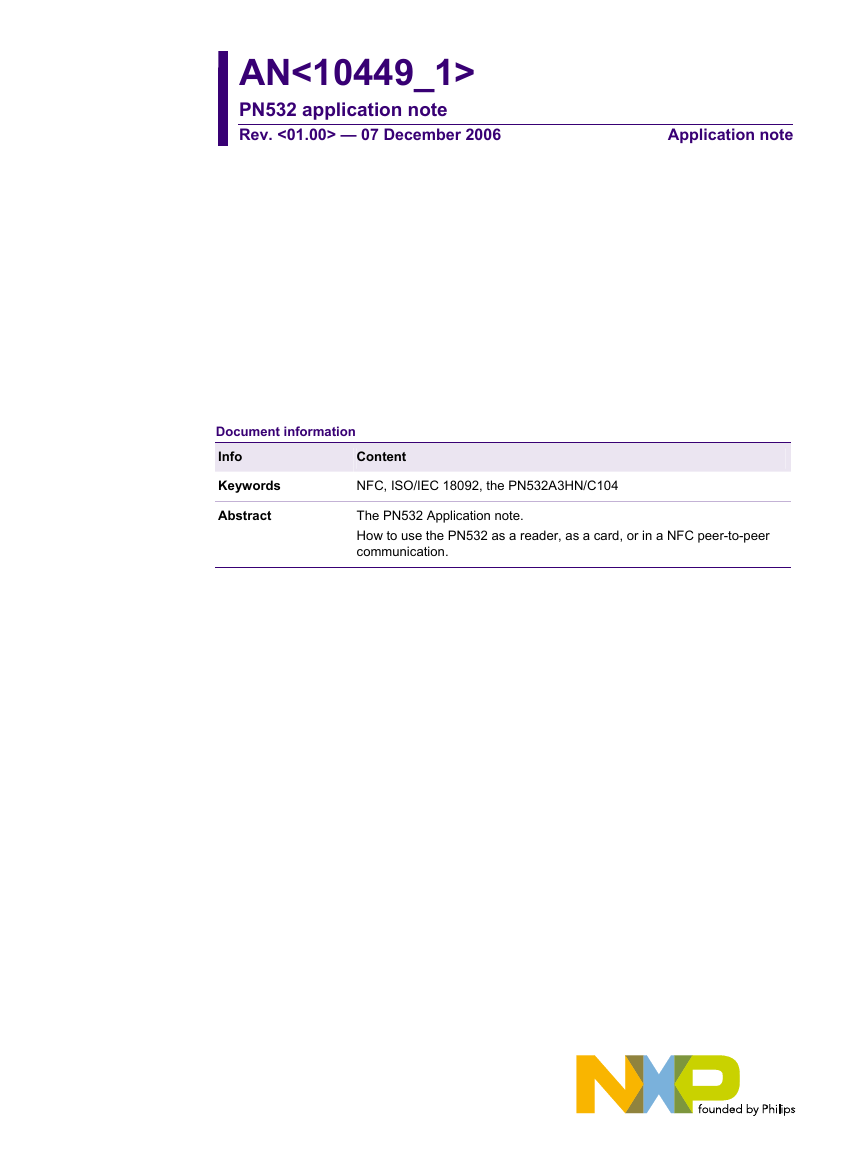
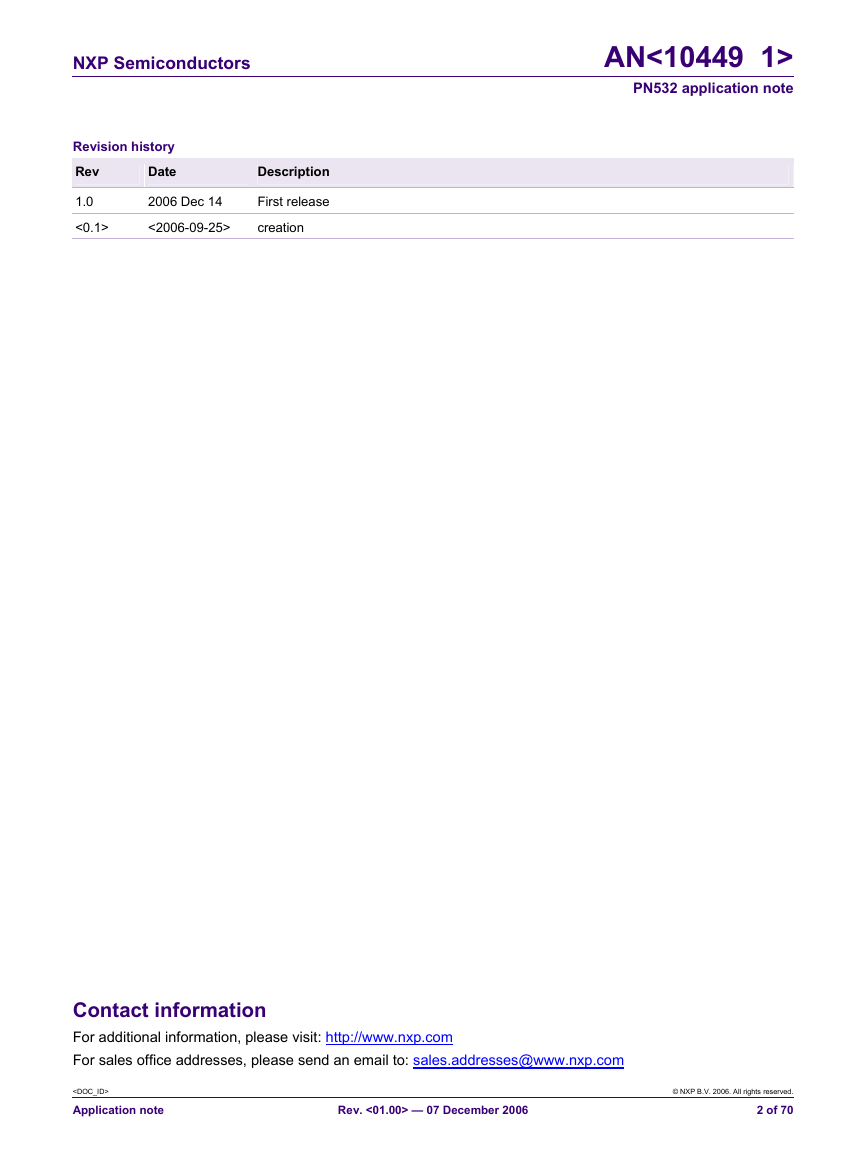
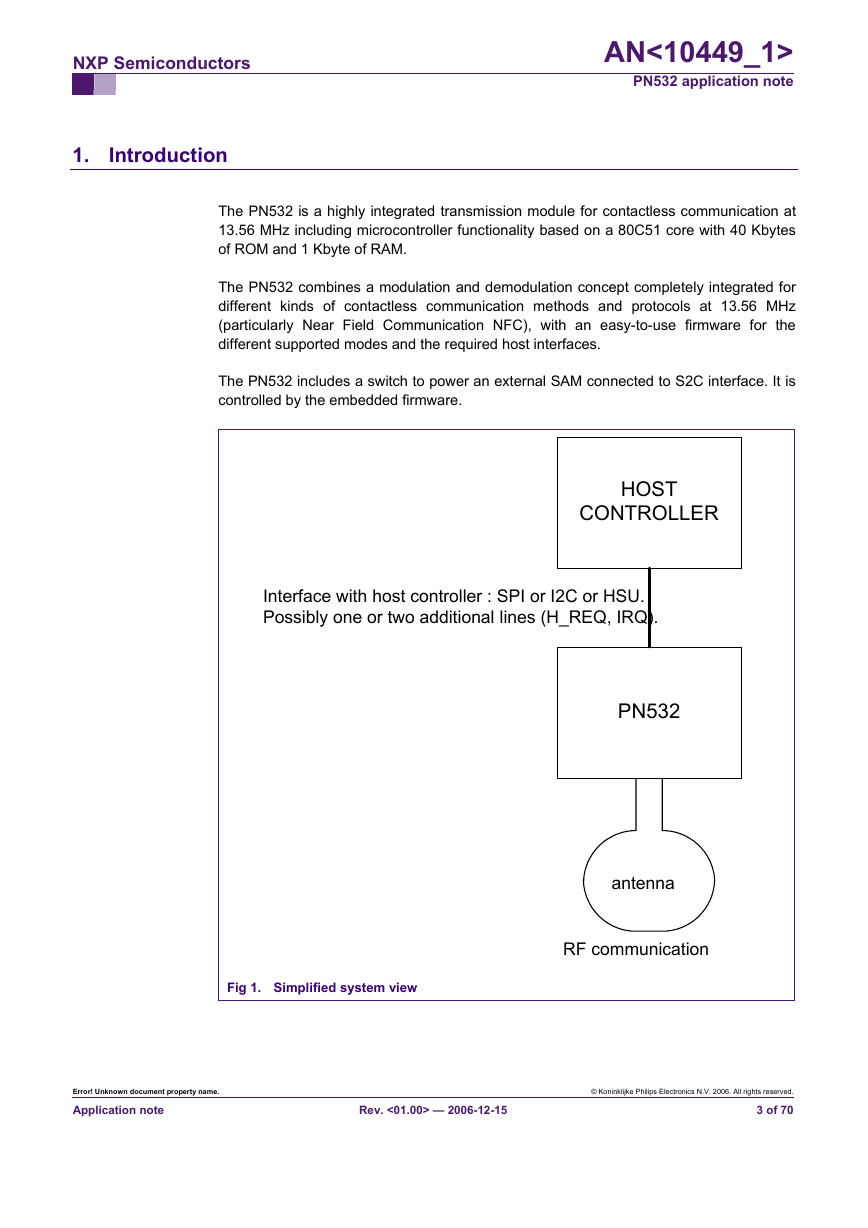
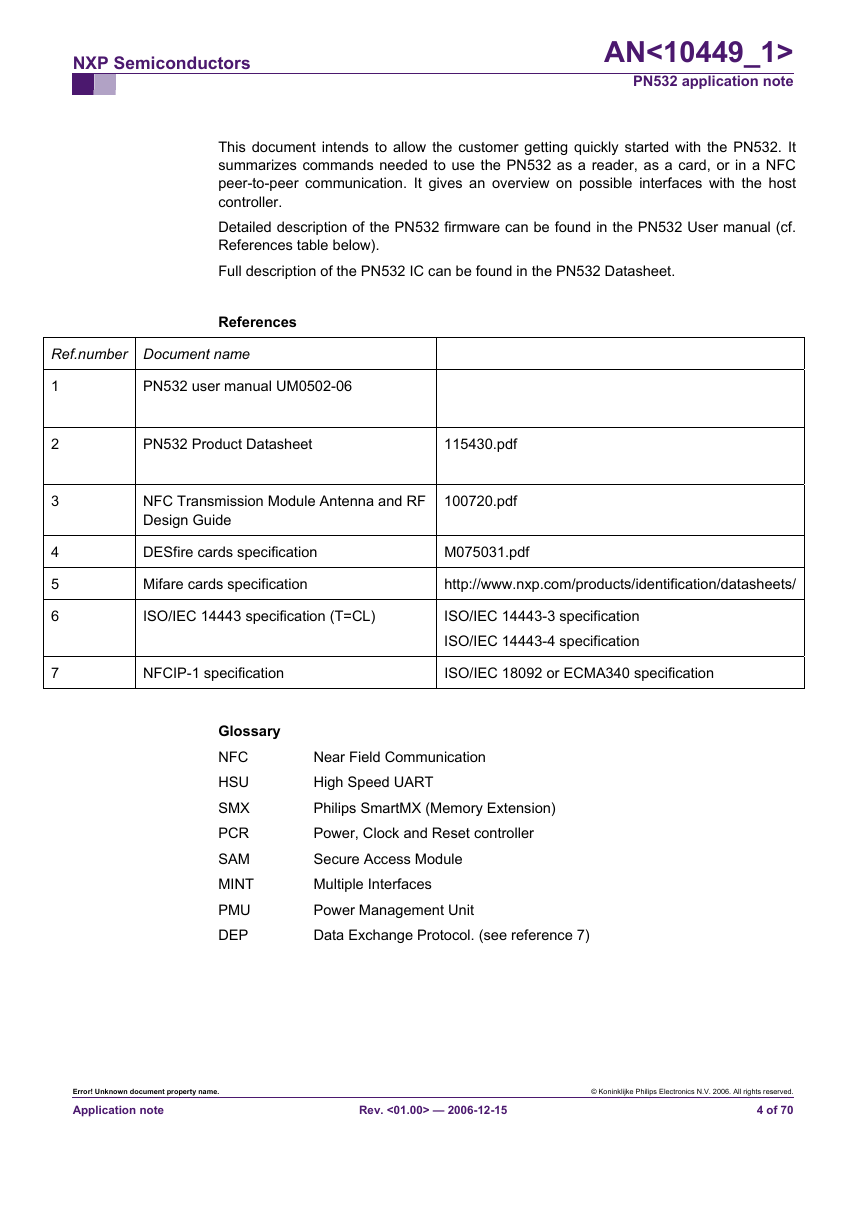
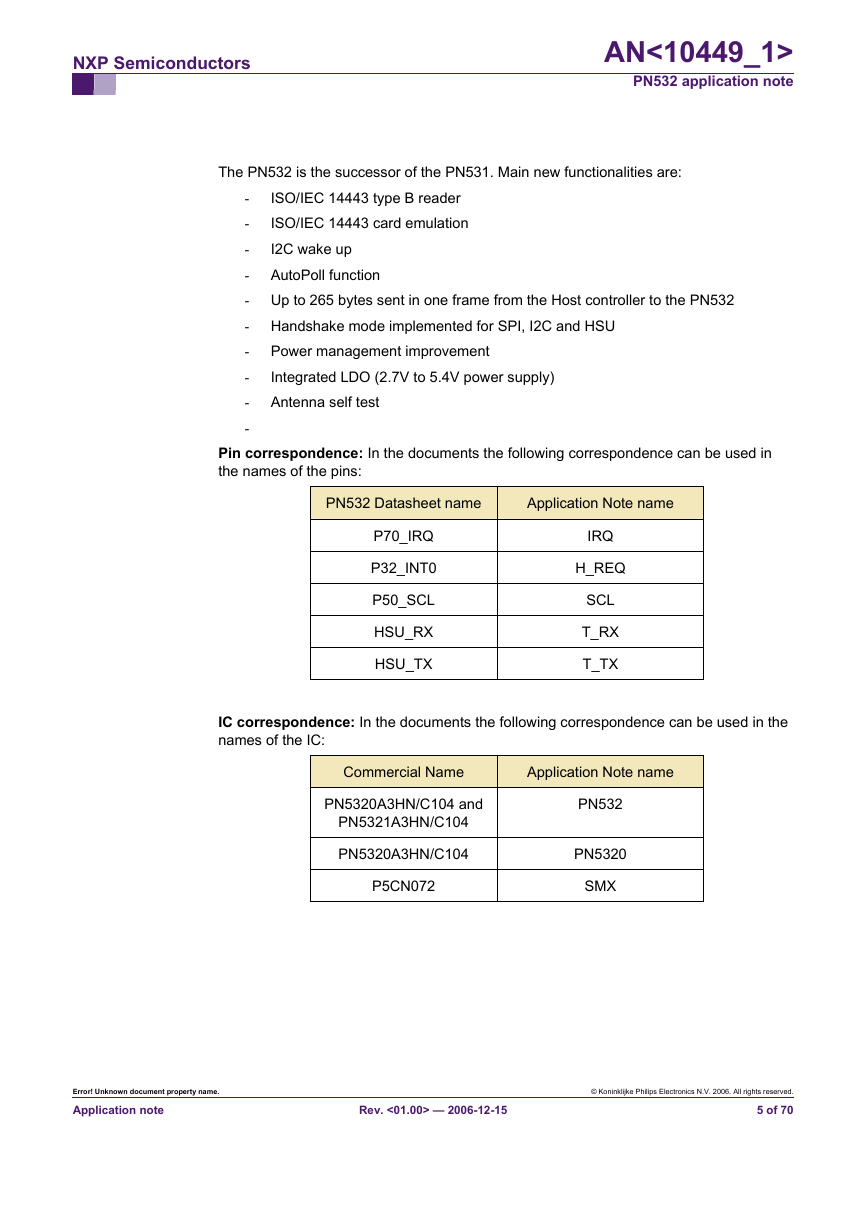

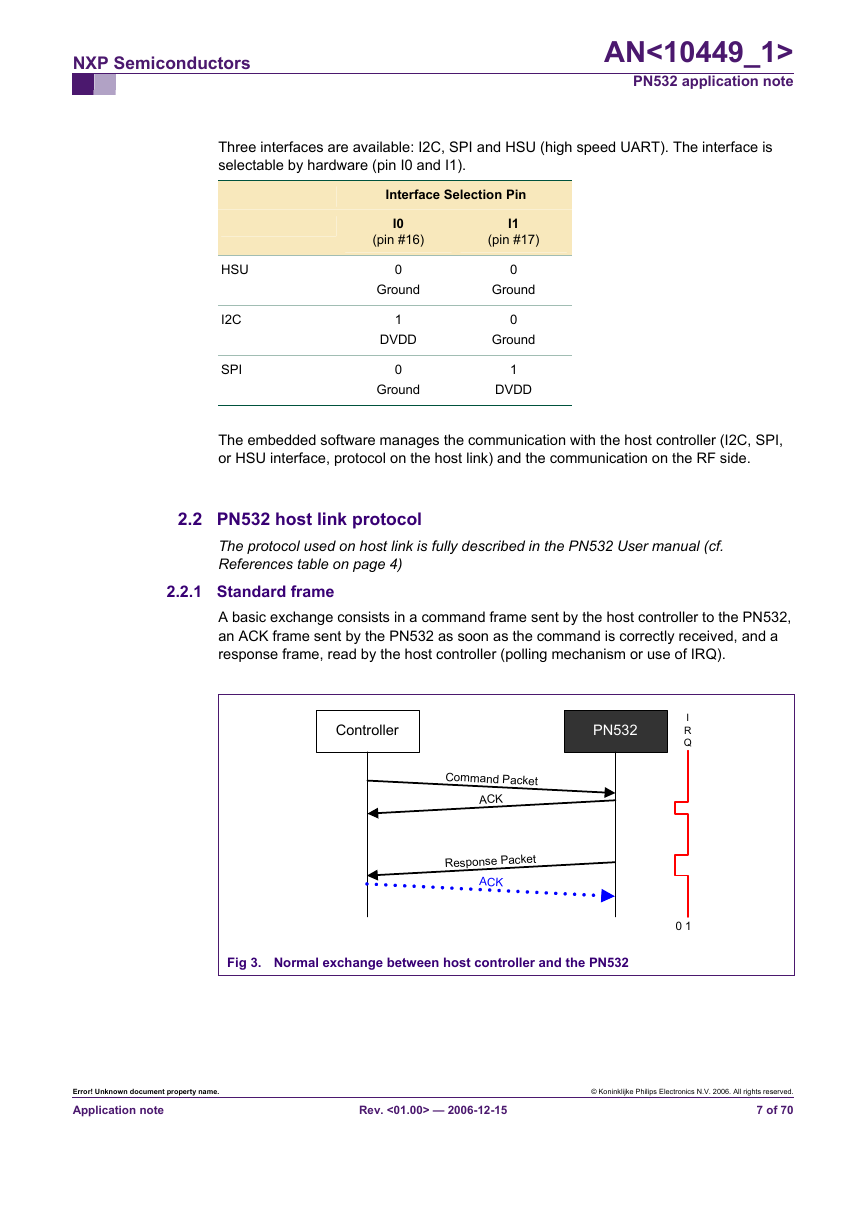









 2023年江西萍乡中考道德与法治真题及答案.doc
2023年江西萍乡中考道德与法治真题及答案.doc 2012年重庆南川中考生物真题及答案.doc
2012年重庆南川中考生物真题及答案.doc 2013年江西师范大学地理学综合及文艺理论基础考研真题.doc
2013年江西师范大学地理学综合及文艺理论基础考研真题.doc 2020年四川甘孜小升初语文真题及答案I卷.doc
2020年四川甘孜小升初语文真题及答案I卷.doc 2020年注册岩土工程师专业基础考试真题及答案.doc
2020年注册岩土工程师专业基础考试真题及答案.doc 2023-2024学年福建省厦门市九年级上学期数学月考试题及答案.doc
2023-2024学年福建省厦门市九年级上学期数学月考试题及答案.doc 2021-2022学年辽宁省沈阳市大东区九年级上学期语文期末试题及答案.doc
2021-2022学年辽宁省沈阳市大东区九年级上学期语文期末试题及答案.doc 2022-2023学年北京东城区初三第一学期物理期末试卷及答案.doc
2022-2023学年北京东城区初三第一学期物理期末试卷及答案.doc 2018上半年江西教师资格初中地理学科知识与教学能力真题及答案.doc
2018上半年江西教师资格初中地理学科知识与教学能力真题及答案.doc 2012年河北国家公务员申论考试真题及答案-省级.doc
2012年河北国家公务员申论考试真题及答案-省级.doc 2020-2021学年江苏省扬州市江都区邵樊片九年级上学期数学第一次质量检测试题及答案.doc
2020-2021学年江苏省扬州市江都区邵樊片九年级上学期数学第一次质量检测试题及答案.doc 2022下半年黑龙江教师资格证中学综合素质真题及答案.doc
2022下半年黑龙江教师资格证中学综合素质真题及答案.doc